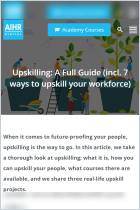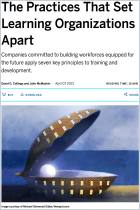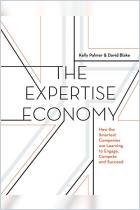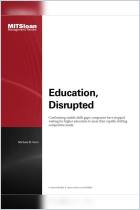
Recommendation
Talent and skill gaps are an ever-growing issue in the modern world of work, but some companies are rising to the challenge with aplomb. In this intriguing article, journalist Tim Cooper explores why leading companies are shifting from external recruitment to internal talent cultivation, and how six organizations are shaking up traditional approaches to upskilling. Learn about the transformative power of silo-busting, immersive media and gamification, and other groundbreaking tactics that are reshaping the employee development landscape.
Summary
About the Author
Author Tim Cooper is an award-winning business and financial journalist.
Learners who read this summary also read
Article
Article











Comment on this summary